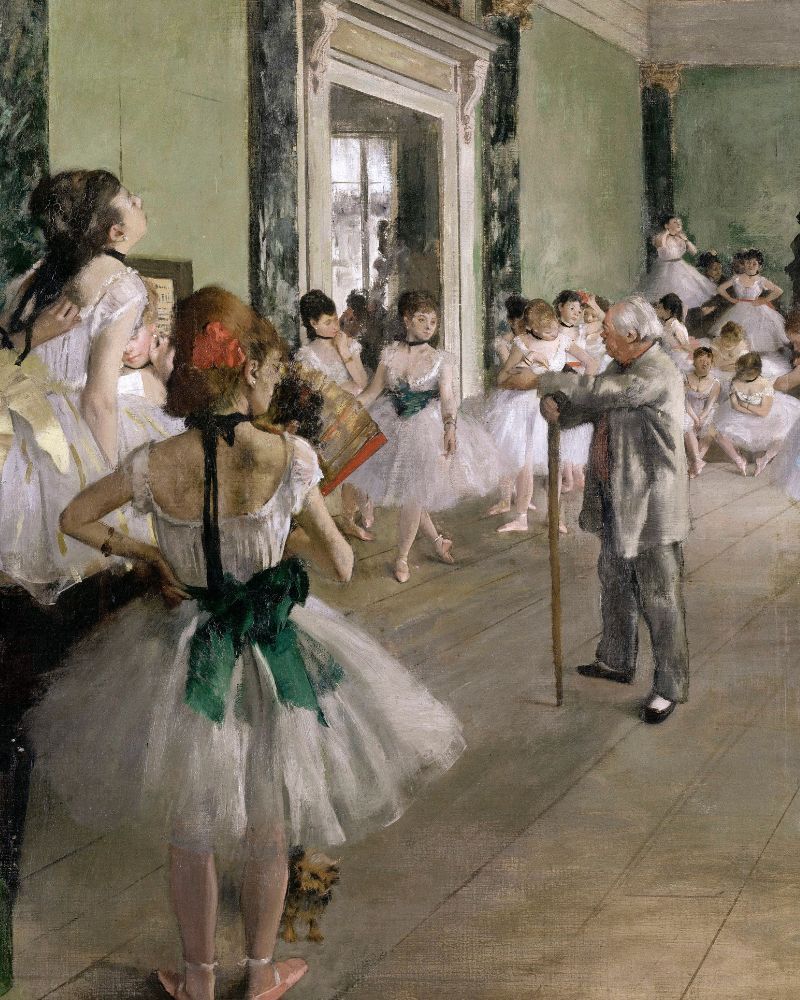Ballet: The Timeless Art of Grace and Precision from France and Italy

Ballet, the highly sophisticated and graceful form of dance, originated in the courts of the Italian Renaissance and evolved into the iconic art form we know today through its refinement in France. Characterized by its formalized movements, exquisite technique, and expressive storytelling, ballet continues to captivate audiences worldwide. With its roots deeply embedded in both French and Italian history, ballet has become one of the most revered and influential dance styles in the world.
The Birth of Ballet in Italy
Ballet’s origins can be traced back to the Italian Renaissance during the 15th century, where it was initially introduced as an entertainment form in royal courts. The term "ballet" itself is derived from the Italian word ballare, meaning "to dance." It was first used to describe the balletto, a type of dance performed during lavish court festivities. Early ballets were highly theatrical and often incorporated elaborate costumes and set designs, telling stories through movement and music.
The influence of prominent Italian figures such as the famed dancer and choreographer Giovanni da Bologna and Balthasar de Beaujoyeulx helped formalize and refine ballet as a structured art form. These early performances were staged in Italy, with dancers and musicians performing in highly stylized movements to convey a variety of emotions and tales.
Ballet in France: The Golden Age
While ballet’s roots are Italian, it was in France that the dance form truly flourished and evolved into the sophisticated art form we recognize today. In the 17th century, the French court, under the reign of King Louis XIV, became the epicenter of ballet development. Louis XIV, himself an avid dancer, founded the Académie Royale de Danse in 1661, the first institution dedicated to the formal study of ballet. His support and enthusiasm for ballet helped elevate its status in France and beyond.
Ballet became an integral part of French culture, especially during the reign of Louis XIV, who also established the Royal Academy of Music. It was during this period that ballet began to move beyond the court to public performances, leading to the establishment of opera-ballets. The early ballets were highly elaborate spectacles, often incorporating elaborate sets, costumes, and musicians.
The evolution of ballet technique also took shape in France, with Pierre Beauchamp, the French choreographer, being credited with creating the five fundamental positions of ballet feet that remain integral to ballet technique today. The rise of Jean-Baptiste Lully, a composer, and Molière, a playwright, in the French court brought together the music, drama, and dance that defined classical ballet.
The Development of Ballet Technique
As ballet grew, so did its technical elements. French choreographers like Charles-Louis Didelot and August Bournonville furthered the discipline by emphasizing the importance of body control, flexibility, and strength. This led to the development of key ballet moves such as pirouettes, jumps, and graceful arm positions, forming the basis of classical ballet as we know it today.
The 19th century saw the rise of the romantic ballet, with the introduction of the famous "ballet tutu" and ethereal, fairy-like characters. Dancers like Marie Taglioni and Carlotta Grisi became legends of this era, performing roles that symbolized the delicate and supernatural.
Ballet Today: A Global Art Form
Today, ballet is performed worldwide, with some of the most famous ballet companies residing in France, Italy, Russia, and the United States. While its origins lie in Italy and France, ballet’s influence has spread globally, influencing countless other forms of dance and theater.
Ballet schools around the world continue to train dancers in classical techniques while also embracing modern interpretations and cross-genre collaborations. The iconic Paris Opera Ballet in France, La Scala Ballet in Italy, and Bolshoi Ballet in Russia are among the most prestigious ballet companies, keeping the art form alive and relevant.
Ballet, born from the Renaissance courts of Italy and refined in the salons of France, continues to captivate audiences with its grace, precision, and emotive storytelling. Its historical roots and evolution into a global art form make it one of the most celebrated and respected dance styles in the world. From its Italian origins to its golden age in France, ballet has stood the test of time, maintaining its place as the epitome of elegance, discipline, and artistic expression.